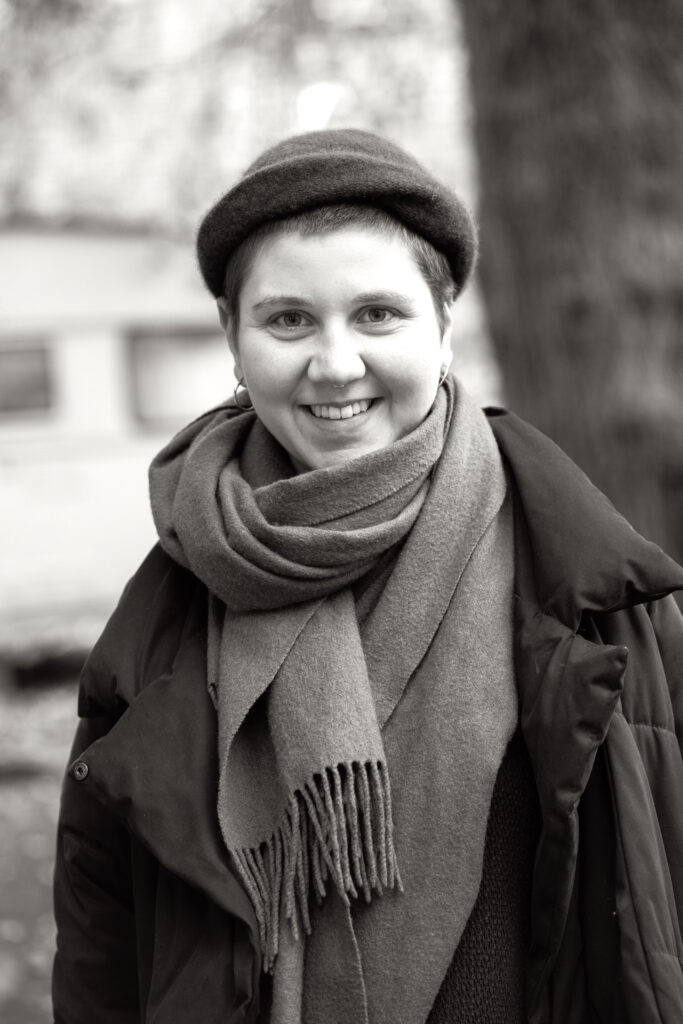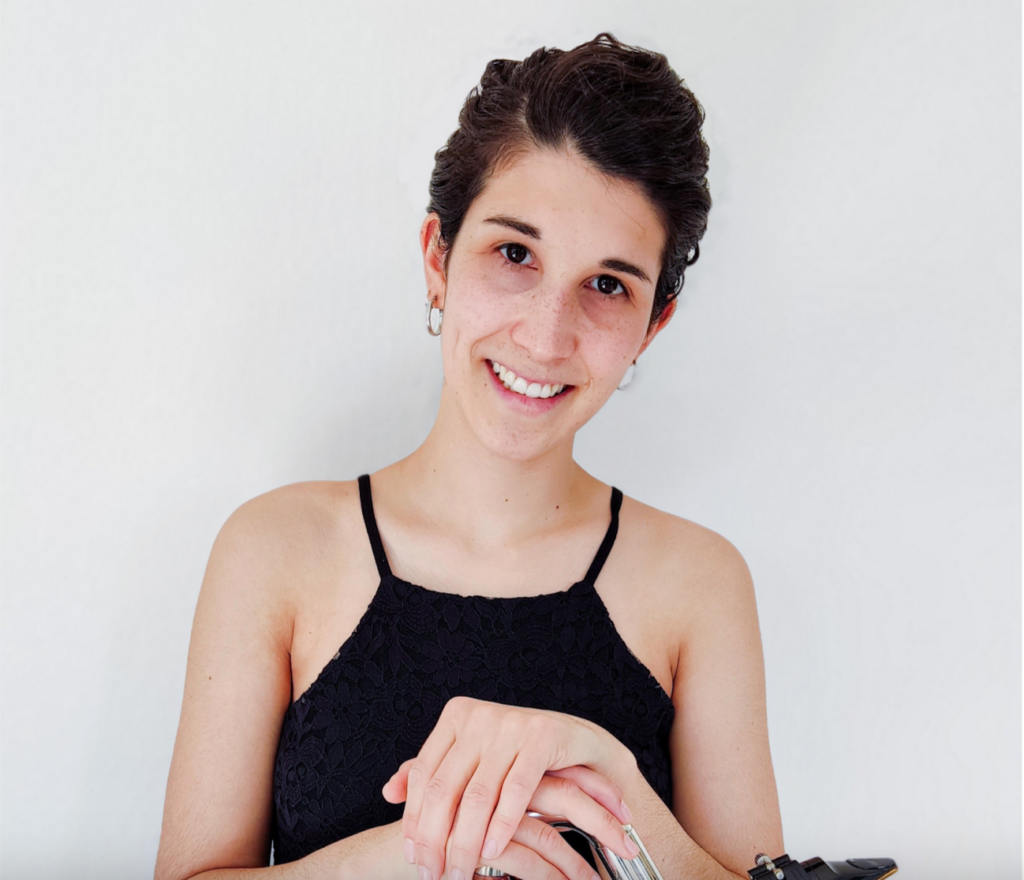Authors: Nico Gruetter, Emerson Carias, Lis Marti, Matthias Schär, Sara Rottenwohrer, Estefanía Blanco, Hannah Beutler, Isabel Garcia Castro
Bringing together 25 young thinkers from a variety of academic fields, we used Policy Kitchen to develop visions for how artificial intelligence is likely to affect their futures. This four-part blog series on how novel tools will shape our lives and societies was rendered possible by the Hirschmann foundation.
The rise of AI-generated art has been compared to a revolution with more impact on graphic design than industrialisation. The range of artificial intelligence (AI) tools within the domain of the arts is growing steadily: OpenAI’s DALLE-E2, the open source tool Stable Diffusion, the Artbreeder art generator, the photo-editing app Prisma, the online game Quick, Draw! or the AI-powered musical instrument AI Duet are only some of the trending tools in the domain of the arts that rely on machine learning and neural networks for novel user experiences. Image generators are able to process a detailed prompt in natural language to produce an extensive selection of visuals in seconds. Their output can imitate various artistic styles and can be adapted and customised by the user without any wait time or limited number of revisions. Whatever you can put in words, the technology can create. These new possibilities have been found to challenge previous world-views, which see artistic creativity as a capability exclusive to humans.
As design students, we don’t believe the graphic design profession is in danger of extinction just now, but professionals will promptly need to adjust to new AI technologies. To guarantee a sustainable future for both artists and consumers, we need to find a balance between creativity, efficiency and responsibility.
Differences, similarities and challenges with the digital revolution
The graphic design industry has already undergone several transformations prior to the advent of art-making AI. For example, the introduction of computers in the 1980s revolutionised the way graphic design was done. Today, we are witnessing another revolution in the industry, driven by the rise of AI. Comparing these two evolutions in graphic design, we find similarities, such as designers’ concerns about becoming obsolete, but also significant differences.
Dangers arise when AI and human art cease to be distinguishable, as is already the case. While AI tools such as DALLE-E2 can generate images in seconds, they also reveal biases or be used for nefarious purposes (fake news, fraud, smear campaigns) These are new challenges that the design industry has never faced before. AI-text-to-image generators have been known to create sexist or racist images from harmless prompts due to fallacies in their training data.
There is, however, cause for optimism: A study has shown that people perceive the same artwork as less creative and awe-inspiring when it had been stated that the artwork had been AI-generated. This sense of protectiveness of human artists from their human customer base certainly is advantageous in the short term. It will always be up to the human spectator to extract meaning from art. This also has implications for different kinds of art: whereas we might not care whether the logo of a local fast food chain is AI-generated, we will scrutinise the origin of a painting decorating our home with more care.
Looking back at our previous arguments, it is clear that the graphic design profession will therefore not stay unchanged: students, artists and designers need to adapt to the new technologies, find innovative ways of incorporating them in their creative work and differentiate themselves by leaning in on distinctively human qualities, such as our imagination allowing us to create fantasies from nothing, our lived experiences, emotional experiences such as the empathy we feel with other humans and our critical thinking.
Machines use algorithms, trends and patterns in data to create their outputs and, according to research, are therefore always reliant on external outputs, unable to create something truly original. The debate on whether the creativity of a machine is based on analogies with the human brain is still ongoing. But it is likely to remain difficult for machines to achieve creative autonomy, the biggest strength of human artists.
Towards a constructive future
To achieve a responsible and constructive future for communities and artists, we need to balance creativity, efficiency and responsibility in AI-generated art. New tools as well as their risks and opportunities need to be integrated into the education and training of future and aspiring designers. We believe there are valid concerns about a future reliant solely on technologies based on fully autonomous artificial intelligence. Therefore, we advocate for opening up the scope of the debate and thinking about the position of human beings in relation to new technologies in general. The development speed of new technologies increases the importance of political and industrial thinking and dialogue in order to include these new possibilities.
In conclusion, the rise of AI-generated art is revolutionising graphic design and art. Keeping a balance between creativity, efficiency and responsibility in AI-generated art is crucial. AI-generated art has the potential to democratise creativity and foster new genres, but we need to apparent problems and risks of AI reliance in the field of art, as well as in the field of graphic design. We believe that regulations need to be adapted to address issues of bias, misuse, copyright infringement and responsibility. These laws must furthermore specifically address the issue of accountability for the generated outputs. Companies such as OpenAI (ChatGPT) have set guidelines for their AI tools, but international and national regulations also need to be adapted to protect society and artists.
Graphic designers themselves must also adapt to and learn to use these new technologies, while simultaneously maintaining their soft skills and remaining conscient of their unique creative power. In terms of projections about the capabilities of AI, we argue that they should be projected and thought about in terms of the social dimension, and that AI-generated art should be a tool for thinking about the future rather than an exhibition of its creative capabilities. In other words, we should think about the social impact of technologies and not think of AI in its singularity. The potential of AI-generated art to democratise creativity and foster new genres must be balanced with the need to protect artists and society.
We thank the Hirschmann foundation for their kind support of this four-part blog series.
The cover image was created by foraus using an AI image generator.









